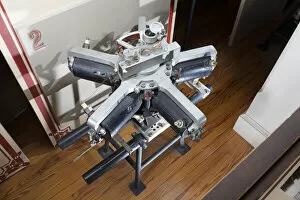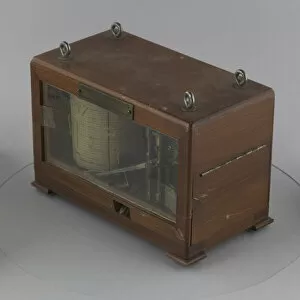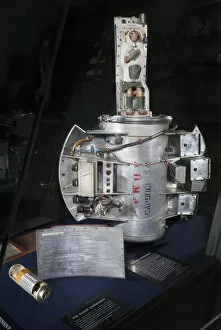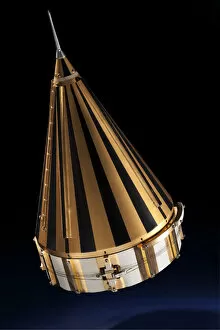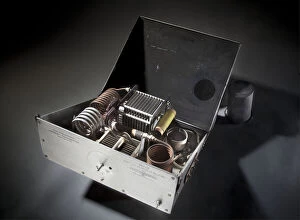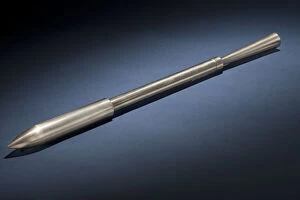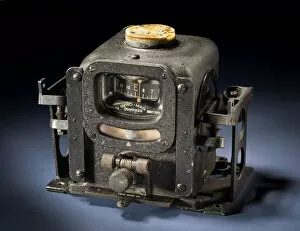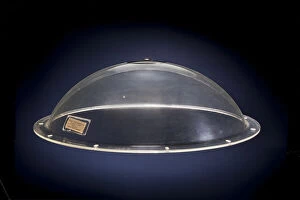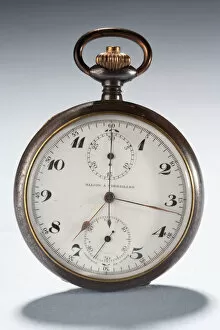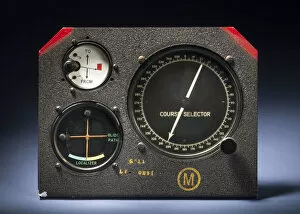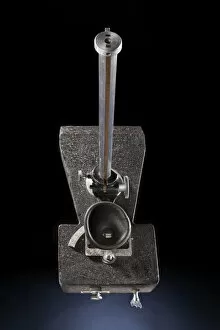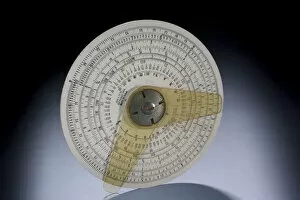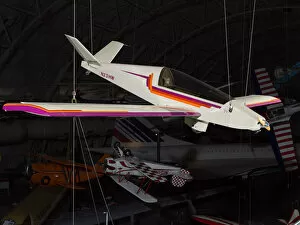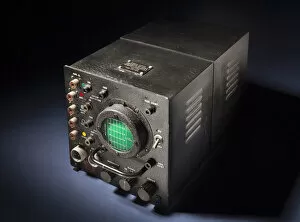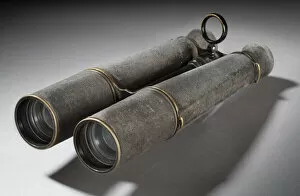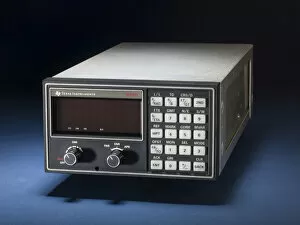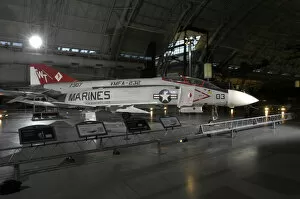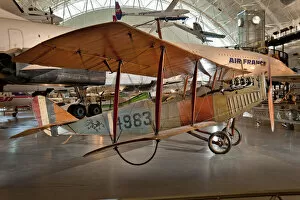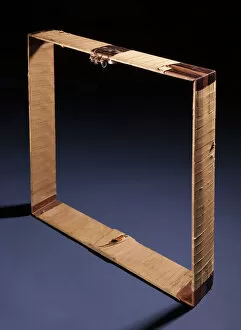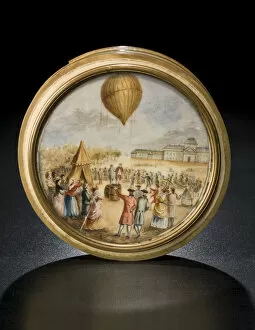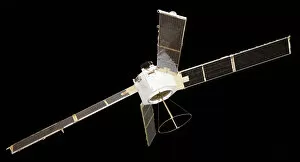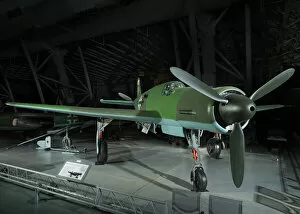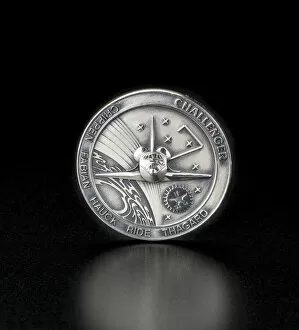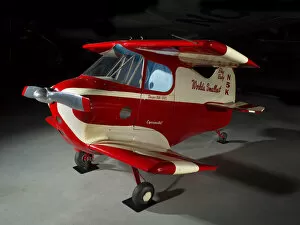Air And Space Museum Collection (#5)
Step into a world of aviation history at the Air and Space Museum, where you can explore an impressive collection of aircraft and artifacts that have shaped our skies
For sale as Licensed Images
Choose your image, Select your licence and Download the media
Step into a world of aviation history at the Air and Space Museum, where you can explore an impressive collection of aircraft and artifacts that have shaped our skies. Marvel at the iconic Piper PA-12 Super Cruiser from 1946, a testament to Piper Aircraft Corp's innovation and craftsmanship. Feel the nostalgia as you gaze upon the Bowlus 1-S-2100 Senior Albatross "Falcon" from 1933, reminding us of a bygone era in aviation. Delve into the heart of engines with the Liberty L-8 (Packard) V-8 Engine from 1917, showcasing Packard Motor Car Company's dedication to power and performance. Admire the bush hat worn by a United States Air Force pilot during Vietnam War in the 1960s, symbolizing bravery and resilience. Discover engineering marvels like Boeing T50-BO-8A Turboshaft Engine from ca. 1950s, highlighting Boeing Aircraft Co's expertise in propulsion systems. Immerse yourself in wartime history with Nakajima Mamoru 11 Radial 14 Engine from World War II, crafted by Fuji Koku Keiki for aerial superiority. Experience what it was like to be an aviator with an authentic RAF flying suit from the 1940s - its timeless design capturing both style and functionality. Witness technological advancements with Earth Path Indicator used during Mercury 4 mission in 1961, developed by Honeywell to guide astronauts through space exploration. Relive monumental moments as you view President George Bush alongside Apollo 11 Astronauts in Washington D. C. , USA back in1989; a snapshot of unity between government leaders and pioneers of space exploration. Celebrate NASA's incredible journey on their silver anniversary captured during their celebration event held in Washington D. C. , October19th, 1983. Get a glimpse into astronaut life within Mobile Quarantine Facility circa1969 – Airstream’s ingenious creation ensuring the safety of our heroes returning from space.

